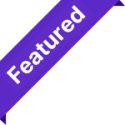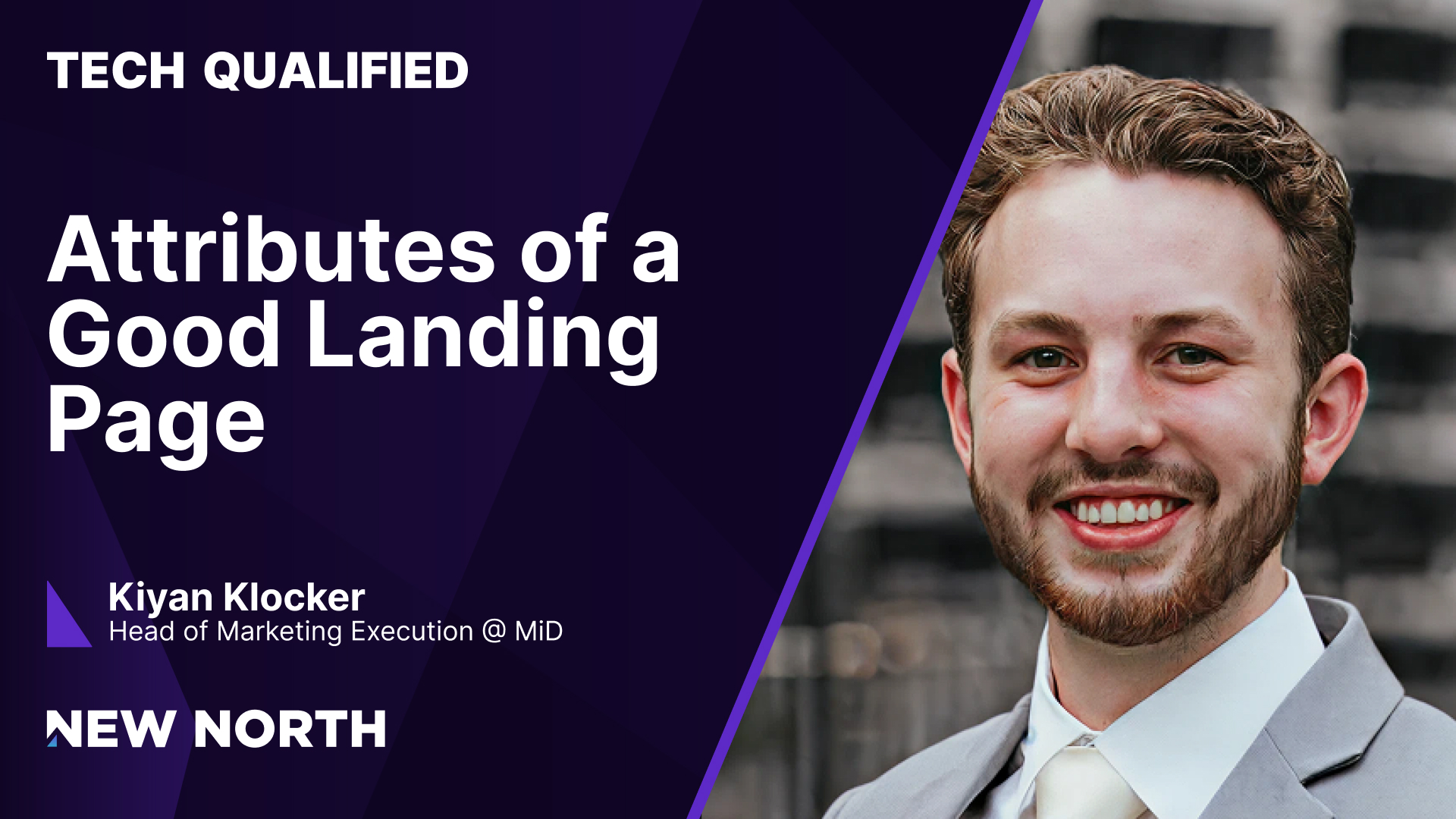Episode Summary
In this episode of Tech Qualified, host Baylee Gunnell sits down with Kiyan Klocker to explore what makes a paid landing page work. Kiyan explains why landing pages must focus on a single audience and a single goal, and why sending paid traffic to a homepage usually falls short. Instead, he shares how to reuse strong content from other parts of your website while tailoring each landing page to match the campaign’s purpose and the visitor’s needs.
Kiyan walks through the difference between marketing and sales, stressing that marketing should center on helping prospects solve problems. He outlines how to build campaigns for every stage of the funnel, from raising awareness to driving action, and why every landing page must set clear expectations for what happens after a visitor hits submit. He also highlights common mistakes, like adding too many calls to action or mismatching ad copy and landing page content.
The conversation wraps with practical advice on measuring success, customizing by audience, and keeping the user journey smooth from ad to form. Kiyan’s insights offer a clear path for anyone looking to improve campaign performance with better landing pages.

Key Insights
Landing Pages Need One Clear Goal and Audience
Effective landing pages focus on a single audience segment and a single, specific offer. Unlike homepages, which welcome a broad range of visitors and try to meet many needs, a landing page should speak directly to the person who clicked the ad or email. This narrow focus lets marketers tailor the message and content to match what the visitor wants or expects. When people arrive on a page that matches the promise of an ad or call-to-action, they’re more likely to engage and take the next step. Trying to serve multiple audiences or cramming in extra information only dilutes the message and lowers conversion rates. For small teams, reusing strong content from your main site is fine—but always reshape it for the campaign’s unique goal and user.
Align the Entire Campaign Experience to Boost Results
A smooth campaign journey starts before someone even clicks your ad. Every piece—from keyword to ad copy to landing page—should align in substance and style. When the ad promise matches the landing page headline and offer, visitors move forward with confidence. Any disconnect—like an ad for a free guide leading to a generic product page—creates confusion and hurts conversions. To avoid this, map out the user experience from start to finish. Make sure keywords match user intent, ad copy sets clear expectations, and the landing page delivers exactly what’s promised. When every step fits together, you reduce friction and make it easier for visitors to take action.
Clarity Builds Trust and Drives Conversions
Landing pages work best when they set clear expectations for the visitor. People want to know what happens after they complete a form—will they get a downloadable asset, schedule a call, or receive a report? Outlining these next steps builds trust and lowers the barrier to action. Pages that hide what comes next or use vague language make visitors hesitate or bounce. Strong landing pages answer key questions up front, use social proof like testimonials or case studies, and keep calls-to-action simple and obvious. Limiting the number of actions or links on the page helps guide the user toward the main goal. In short, clarity at every stage turns more clicks into real leads.
Episode Highlights
Long Quotes
Kiyan Klocker [~00:02:00]
“There’s definitely some big key differences between a normal website page and then a specific landing page that you’re using for a campaign. Structurally they’ll be similar, but they have a very specific purpose. If you have a main website page, you’re gonna be pulling in traffic from different ICPs, different industries. It’s probably linked on your main homepage, navigation. There’s a certain purpose being served there, whereas with a landing page, you have one very specific niche purpose for that landing page.”
Kiyan Klocker [~00:08:00]
“What a lot of people want to do is just, well, here’s our product. It helps people. We solve issues for them, so let’s push them towards this product. That’s typically what a lot of people want to do. They want to skip to the front of the line. They want to be just selling in marketing. They want to do sales and marketing. But the way I picture it myself that I think really helps drive the way I put campaigns together is just thinking back to what marketing is at its core. And marketing is not sales, it’s not selling anything.”
Short Quotes
Kiyan Klocker [~00:03:00]
“A homepage serves a much different purpose. It’s kind of like your front door to your business. You’re trying to do a whole lot more and welcome your prospect or customer in, without selling them right away.”
Kiyan Klocker [~00:10:00]
“Some of the biggest elements that get missed a lot that should be in all landing pages is really highlighting the value. What I mean is what happens after they hit submit on that form.”
Kiyan Klocker [~00:21:00]
“If you can have a very unique offer tailored to the exact audience that you’re really targeting, then that’ll stand out to your prospects. In the end, that’ll really help you push your campaign forward.”
Baylee [~00:05:00]
“We can still pull elements from pages you already have. A strong explanation of your product on the homepage can be reused on a landing page, so you’re not starting from scratch.”
Baylee [~00:22:00]
“You can customize landing pages by job title. Executives focus on strategic outcomes, while project managers need more tactical details, so tailoring the content makes it more effective.”

